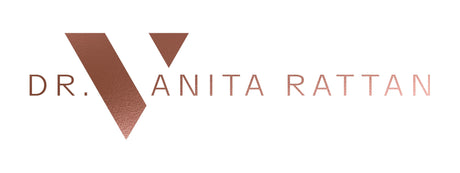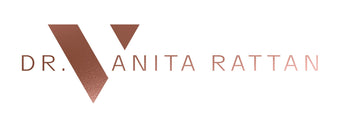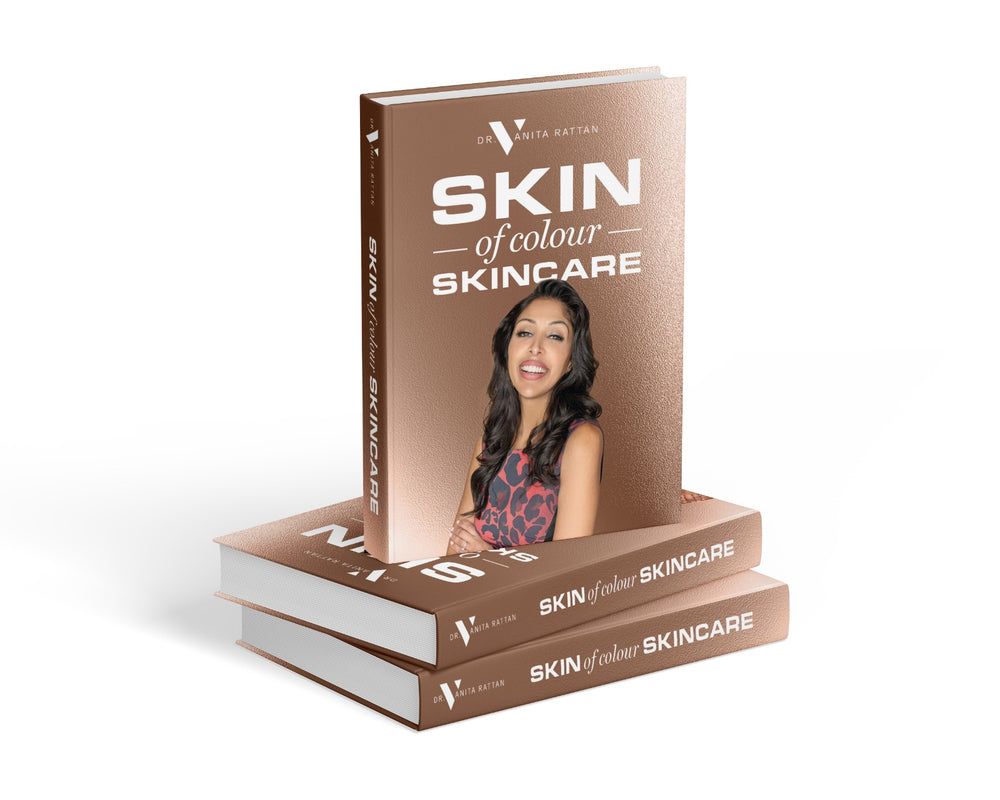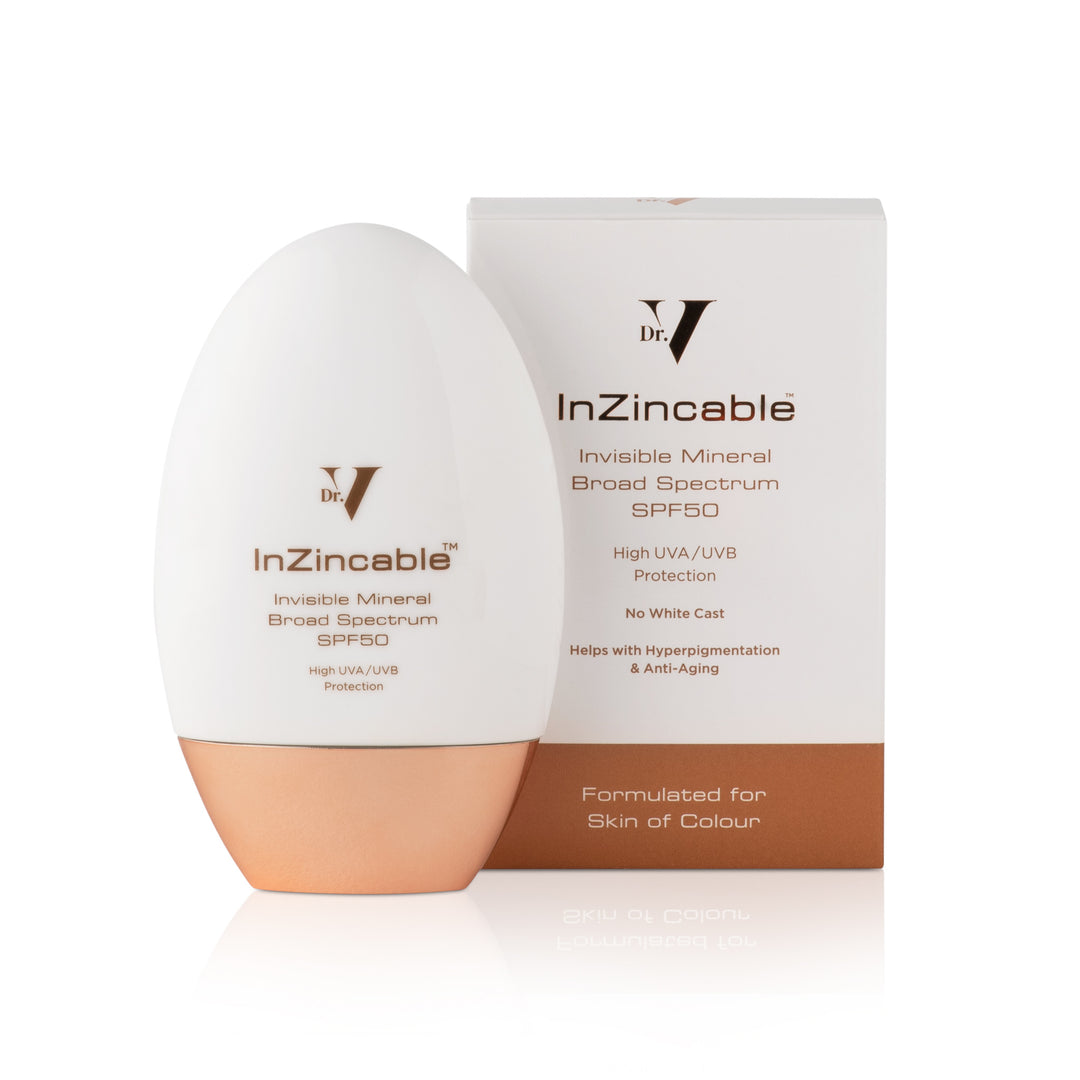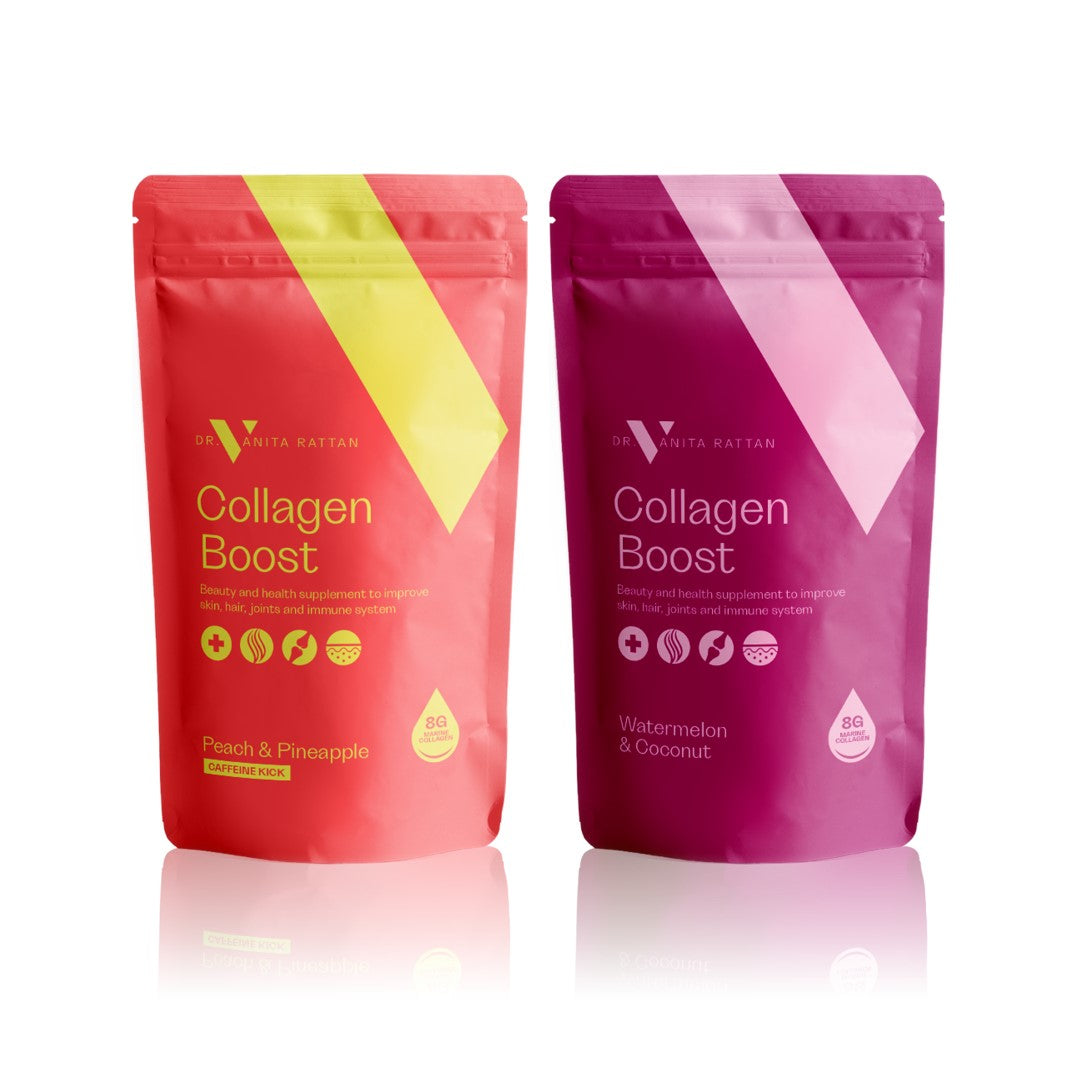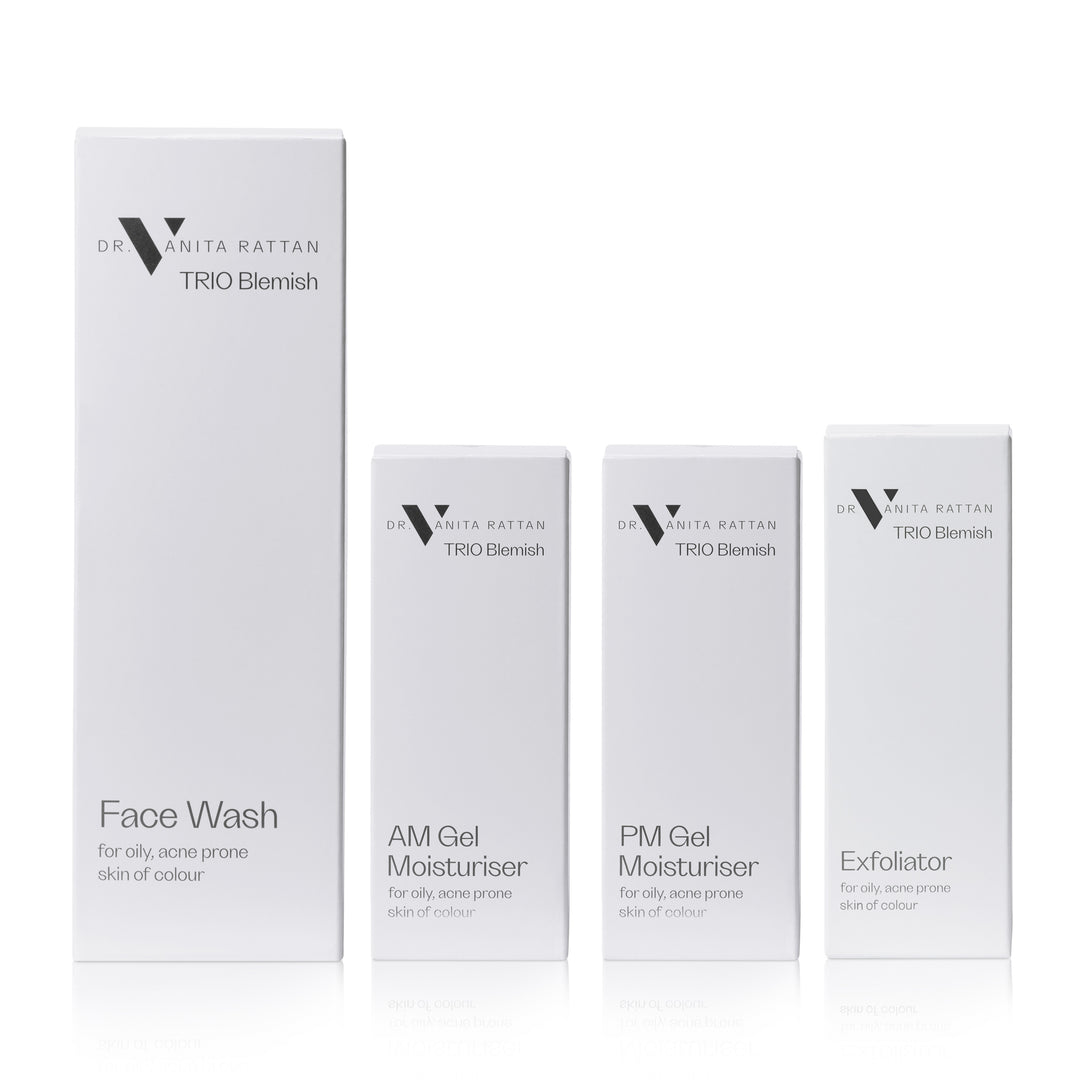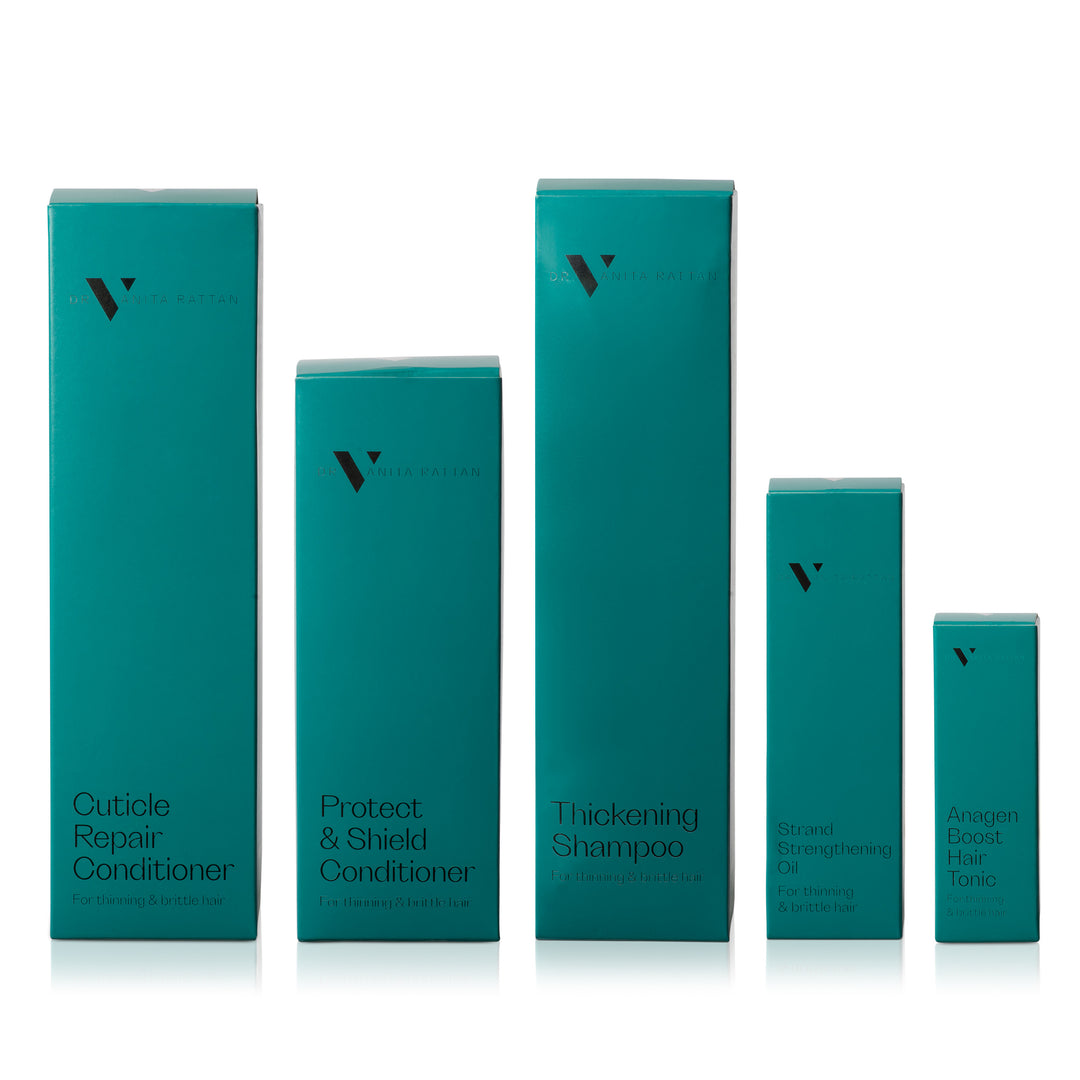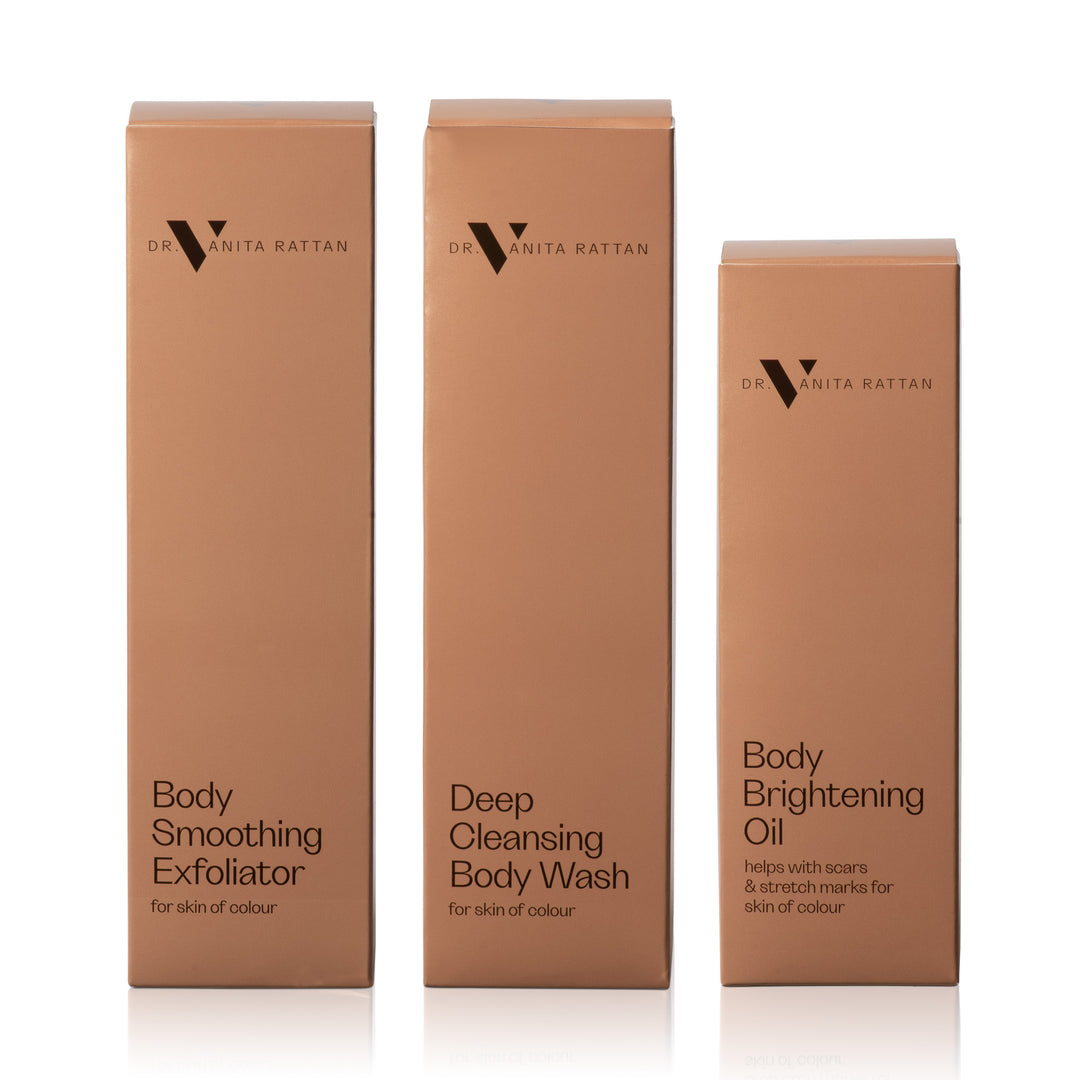What is the right age to start using retinol serums?

Vitamin A is a superstar ingredient in anti-ageing skincare, known for its amazing benefits in combating signs of ageing and boosting skin health. But do you know that different forms of vitamin A have varying levels of irritation and efficacy? Let's dive into the best form of Vitamin A for your skin, the right percentages to use, and the perfect time to add it to your skincare routine.
Why do we need Vitamin A and its benefits?
As we age, our skin’s collagen production slows down, losing about 1% of collagen each year starting at age 21. UV rays also break down collagen and elastin, causing sagging, wrinkles, and pigmentation issues. That’s where Vitamin A comes in, helping to:
- Boost Collagen Production: It helps rebuild the skin’s support structure, reducing wrinkles and fine lines.
- Fade Pigmentation: By speeding up cell turnover, Vitamin A helps fade dark spots and hyperpigmentation, giving you a brighter complexion.
- Reduce Acne: It controls sebum production, reduces acne flare-ups, and minimises pore size.
Popular forms of Vitamin A
- Retinyl Palmitate: The mildest form, suitable for beginners, sensitive skin and daily use but not as potent as other forms.
- Retinol: Widely used for improving skin texture, reducing wrinkles, and fading dark spots. Start with a lower concentration and gradually increase, with a max of 0.5% to avoid irritation.
- Retinaldehyde: Ideal for skin of colour. It works about 11 times faster than retinol, providing quick results without causing irritation. It’s pricier but worth it.
- Retinoic Acid: The most powerful form, available by prescription. It offers impressive anti-ageing benefits but can be quite irritating, so it’s best used under a dermatologist’s supervision.
When to Start Using Retinol
In Your 20s: Prevention is Key
By the age of 21, you reach the peak of your collagen production, resulting in the fullest, most resilient skin you’ll experience. After this point, collagen production declines by about 1% each year. During your early 20s, your primary focus should be on maintaining this collagen level through daily sun protection and moisturising, as free radicals from UV exposure can damage collagen and accelerate skin ageing.
In Caucasian skin, early signs of ageing, such as fine lines, typically begin to appear in the mid-to-late 20s. For skin of colour, these signs often become noticeable in the 30s. To preserve your skin’s youthful structure, it’s essential to maintain a consistent skincare routine focused on protection and hydration.
By your mid-20s, you may start to notice a decline in collagen. At this stage, introducing a form of Vitamin A into your skincare routine can be beneficial. For beginners, Retinyl Palmitate is a gentle option that provides Vitamin A without causing significant irritation and can be used nightly.
Avoid using high-potency retinol in your 20s as it can be too harsh and irritating for young skin. Instead, consider Retinaldehyde, which is approximately 11 times more effective than Retinol but typically less irritating.
In Your 30s: Tackling Early Signs of Ageing
In your 30s, skin cell turnover slows, collagen production dips, and you might notice fine lines and pigmentation. This is a peak time to start using Vitamin A if you haven’t already. Also, consider collagen supplements, daily SPF 50, and antioxidant-rich products to keep your skin youthful.
SPF 50 every day: Melanocytes, the cells responsible for producing melanin, tend to become more easily triggered by your 30s. It could be because you have not been wearing your sunscreen regularly. If you start to see cute little freckles on your cheeks, these could be the early signs of melasma. If you don’t wear your SPF 50 at this point, the melasma or hyperpigmentation could spread across the face rapidly and get worse.
In Your 40s and Beyond: Extra Care is Needed
In your 40s, lower oestrogen levels and reduced collagen mean drier skin and less elasticity. Use humectants like hyaluronic acid, urea, or glycerin to lock in moisture, and opt for occlusive ingredients like petrolatum and mineral oil to keep water in. Strengthen your skin barrier with niacinamide and continue using Vitamin A to boost collagen production. Don’t skip sunscreen to prevent further pigmentation and premature ageing.
OTHER CONSIDERATIONS
To reap the benefits of Vitamin A while minimising potential side effects, keep these key tips in mind:
Packaging: Vitamin A is sensitive to light and air, so opt for products packaged in opaque, airtight containers to preserve their potency.
Formulation: Choose a formulation tailored to your skin type, whether it's a gel cream for oily skin, a cream or serum for normal skin, or a richer formulation for dry skin.
Frequency and timing: Start by using retinol once or twice a week to minimise the risk of irritation, then gradually increase usage as your skin becomes accustomed to it. Vitamin A is UV unstable meaning it becomes ineffective when it meets the sun’s rays. It is always advisable to apply vitamin A products in the evening routine.
SPF: Because Vitamin A can increase skin sensitivity to the sun, it's essential to apply a broad-spectrum sunscreen 50 daily to protect your skin from UV damage.
Pregnancy or Breastfeeding: If you're pregnant or breastfeeding, Vitamin A products should generally be avoided.
